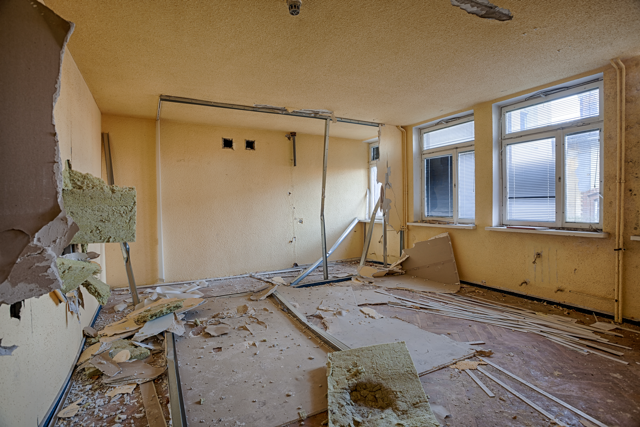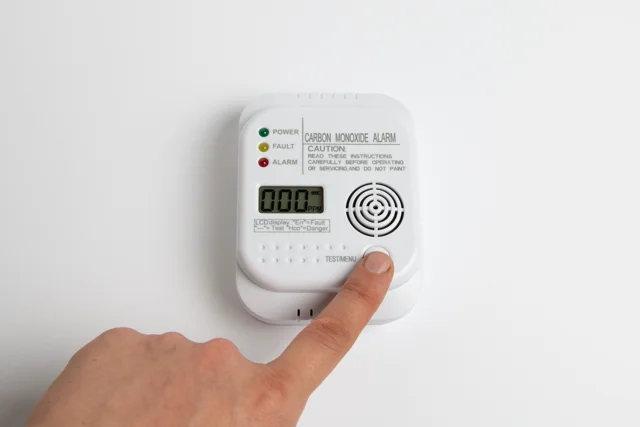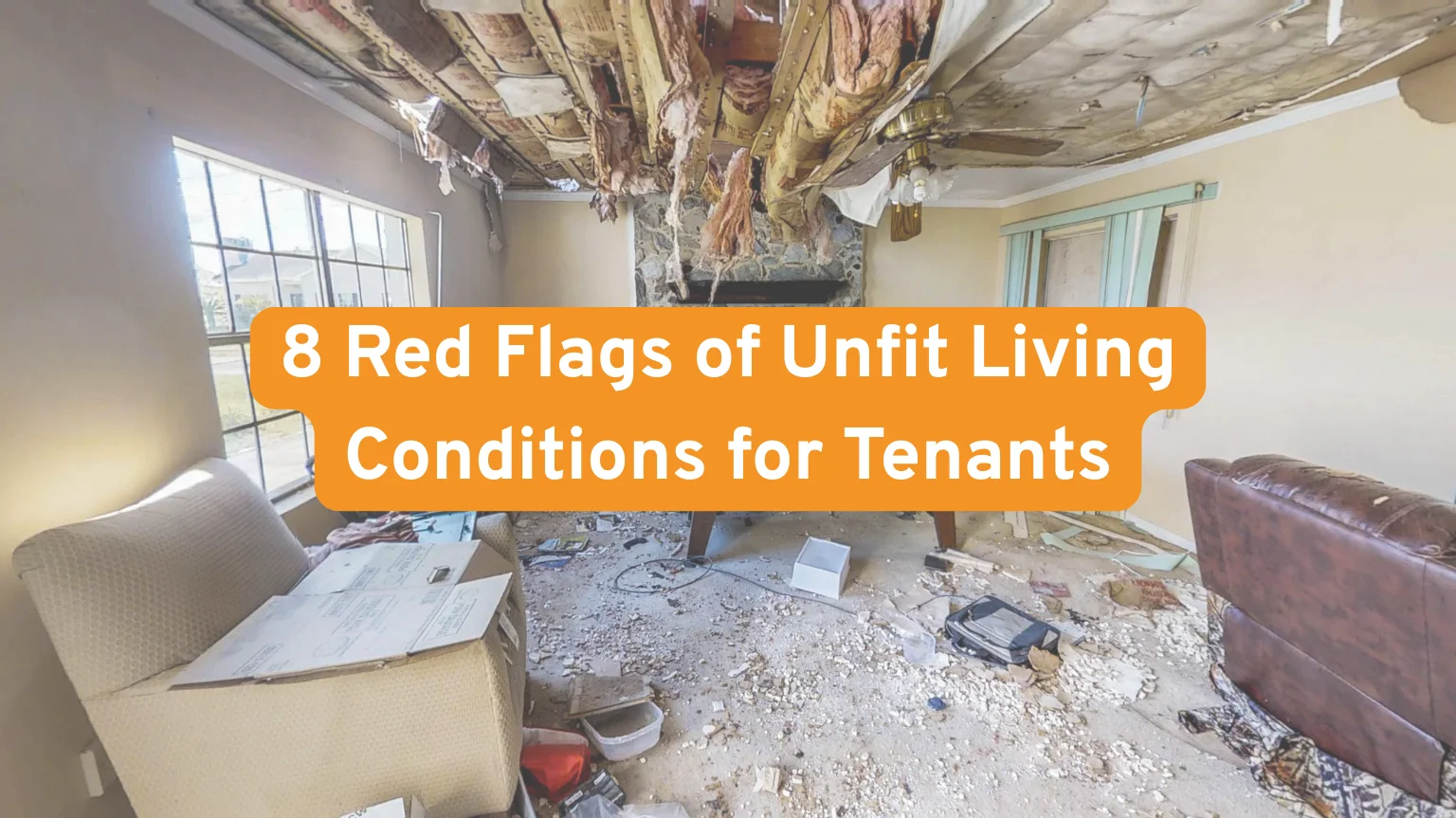Last Updated: August 20, 2025
If you are worried your rental has unfit living conditions, you are not alone. Many renters run into uninhabitable conditions like mold, leaks, pests, or broken heat. These are not just annoying. Some are unhealthy living conditions that can put people at risk. Knowing how to spot problems and how to report a house with unsafe living conditions will help you protect your health and your rights.
This guide explains the most common warning signs, what the law usually requires, how to document issues, and how a professional property manager should respond.
Table of Contents
1. What Are Unfit Living Conditions?
3. Common Uninhabitable Conditions
4. Health Risks and Safety Red Flags
5. How to Document Issues That Affect Your Home
6. How to Report a House With Unsafe Living Conditions
7. Landlord Responsibilities and Timelines
8. How Professional Property Managers Should Handle Cases
9. When a Unit Becomes Truly Unlivable
10. Tenant Rights and Next Steps
11. FAQs: Frequently Asked Questions
What Are Unfit Living Conditions?
“Unfit living conditions” describes situations where a rental is unsafe or unhealthy to occupy. You might also hear uninhabitable conditions, unlivable conditions, or unhealthy living conditions used to describe serious issues like no heat in winter, raw sewage, dangerous electrical problems, widespread mold from chronic leaks, or pest infestations that keep returning after basic treatment.
Not every nuisance qualifies. A single burnt-out bulb or a minor nail hole is not the same as a failed heater in freezing weather. If a problem threatens health, safety, or basic use of the home, it likely falls under the umbrella of habitability. Courts and local codes look at whether conditions make the property unsafe or interfere with essential services like heat, hot water, plumbing, and electricity.

Habitability and the Law
Most states recognize an “implied warranty of habitability.” That means landlords must provide a rental that is fit to live in and keep it that way during the lease. This duty usually includes working heat, safe wiring, sound plumbing, hot water, a roof and walls that keep out weather, and a structure free of serious hazards. Many local housing codes expand on this.
For a plain-English legal overview, Cornell’s Legal Information Institute summarizes how the implied warranty of habitability works and why it matters to renters and landlords. cite: Cornell Law – Implied Warranty of Habitability.
Federal agencies also weigh in on specific hazards. If a home has lead-based paint dangers, owners must follow strict rules for repair. The U.S. Environmental Protection Agency publishes guidance on lead safety and the Renovation, Repair and Painting Rule.
Mold is another common trigger of unhealthy living conditions. The Centers for Disease Control and Prevention explains how mold grows, why moisture control matters, and steps for cleanup.
Safety gear like smoke alarms and carbon monoxide alarms are also part of a livable home. The U.S. Consumer Product Safety Commission covers best practices and risks.
Common Uninhabitable Conditions
Below are frequent problems that can create unfit living conditions. Each one limits basic use of the home or exposes residents to risks.
Loss of Essential Services
No heat, no hot water, or no running water crosses the line fast. Winter heat failures are dangerous for health. Water outages can make sanitation impossible. Many codes treat these as urgent.
Sewage Backups or Chronic Leak
Sewage exposure raises clear health risks. Ongoing leaks cause structural damage and can trigger mold growth. If the source is not fixed and moisture remains, the problem will return.
Mold From Moisture Problems
All mold needs is moisture and time. The CDC notes that exposure can irritate eyes, skin, nose, throat, and lungs. For people with asthma or allergies, symptoms can be worse. Chronic moisture is the root. Without stopping the leak or humidity issue, cleaning alone is not enough.
Dangerous Electrical Conditions
Exposed wiring, repeated breaker trips, or outlets that spark are not small issues. These can cause fires or shocks. An electrician should inspect and repair quickly.
Lead-Based Paint Hazards in Older Homes
Homes built before 1978 may contain lead-based paint. When paint peels or is disturbed during renovation, dust can poison children. Landlords must follow EPA rules for safe renovation and disclosure.
Pests and Vermin
Rats, mice, roaches, or bedbugs can make a home unlivable. A one-time visit may not solve the issue if entry points stay open or sanitation is not addressed. Chronic infestations usually require a plan, not just a spray.Structural or Security Failures
Doors that will not lock. Windows that do not close. Stairs with broken rails. Large roof leaks. These problems affect personal safety and the security of the home.
Carbon Monoxide Risks
Fuel-burning appliances that vent poorly can leak carbon monoxide. Alarms save lives. Venting and servicing are critical.

Health Risks and Safety Red Flags
- Some conditions cause more than discomfort. They can cause illness or injury. Below are signals that should prompt urgent action.
- Strong musty odor plus recent leaks: A sign of hidden mold colonies behind walls or under flooring.
- Repeated tripping breakers or hot outlets: A sign of overloaded or damaged circuits.
- Children in a pre-1978 unit with peeling paint: A lead risk that needs testing and safe work practices.
- Frequent headaches or dizziness near appliances: A carbon monoxide alarm and an appliance check is needed now.
- Sewage odors or visible waste: Immediate sanitation is necessary. Exposure carries health risks.
How to Document Issues That Affect Your Home
Strong documentation helps you get faster results and protects your rights later. Use these steps when you believe you are facing unfit living conditions:
- Write down the problem and the date. Include how the problem limits your use of the home.
- Take clear photos and short videos. Snap wide shots and close-ups. Capture moisture meters or thermometers if you have them.
- Keep a maintenance log. Record when you notified the landlord or manager, and their responses.
- Save receipts and medical notes. If you bought space heaters after a heat outage or needed treatment after exposure, keep proof.
- Ask for repair updates in writing. Follow up by email or your resident portal.
- If there is a hazard, note the risk. For example, “no heat, 36°F outside,” “sparking outlet by sink,” “peeling paint in toddler’s room.” Good records make it easier to prove the issue and the timeline. They also help a property manager plan the fix.
How to Report a House With Unsafe Living Conditions
When a landlord or manager does not address serious problems, you may need to report it.
Start With Your Property Manager or Landlord
Use your portal or email so you have a written record. Be specific. Add photos. Ask for a target date for the fix.
Contact Local Code Enforcement
Most cities and counties have a housing or building department. Inspectors enforce local codes and can order repairs. USA.gov explains options for housing complaints and how to reach local agencies.
File a Fair Housing Complaint if Discrimination Is Involved
If repair delays seem tied to race, disability, family status, or another protected class, you can file a complaint with HUD. The agency investigates housing discrimination claims.
Use Health Department Channels for Environmental Hazards.
For hazards like lead or sewage, your local health department can guide testing and enforcement. The CDC and EPA publish federal guidance you can reference in your report. When you report, attach your documents. Clear photos and a timeline often speed up the process.
Landlord Responsibilities and Timelines
Exact timelines come from your local code and your lease. In most places, urgent issues like heat failure, sewage backup, or electrical hazards require prompt action. Non-urgent issues may allow a short window. The implied warranty of habitability gives tenants a basic safety net. If a landlord refuses to fix serious defects after notice, some states let tenants withhold rent, repair and deduct, or break the lease.
The rules vary, which is why legal summaries like Cornell’s LII page are helpful starting points. A professional manager should do more than the legal minimum. They should communicate early, give an honest timeline, and offer temporary solutions when needed. If there is no heat, for instance, offer safe heaters and daily updates until the full repair is done.
How Professional Property Managers Should Handle Cases
A professional property manager brings process and urgency to unfit living conditions:
- Rapid triage: Categorize the issue as emergency or routine. Heat failures, electrical hazards, sewage, and no water get immediate attention.
- Vendor dispatch and verification: Use licensed, insured vendors. Confirm arrival windows with the resident.
- Root-cause repairs: Do not just treat symptoms. Fix moisture sources, replace failed equipment, and seal entry points.
- Follow-up checks: Reinspect for mold regrowth, pest activity, or repeat leaks.
- Clear communication: Provide a written plan, expected dates, and contact info.
- Documentation: Save work orders, photos, and invoices. Share key updates with the resident. This approach reduces repeat problems and helps restore the home to a livable condition faster.
When a Unit Becomes Truly Unlivable
Sometimes conditions are so severe that the home is unlivable for a period of time. Examples include:
- Flooding with structural damage
- Major fire or smoke damage
- Widespread mold from weeks of hidden leaks
- Severe electrical failures affecting large parts of the unit
- Gas leaks or carbon monoxide incidents
When that happens, the best practice is to relocate residents temporarily and prioritize a safe return. Items like clothing and porous materials may need special cleaning after smoke or heavy mold exposure. For CO or gas incidents, appliances and venting must be tested before anyone returns.
Insurance often plays a role. Property owners should carry coverage for loss of use and remediation. Tenants may carry renters insurance for damaged belongings.
Tenant Rights and Next Steps
When you face unfit living conditions, protect your health first, then use the steps below.
- Report in writing right away. Use your portal or email.
- Allow reasonable access. Vendors need entry to diagnose and fix.
- Keep records. Photos, videos, logs, receipts, and messages matter.
- Seek help if needed. City code enforcement, local health departments, and HUD can help in the right situations.
- Know the limits. Do not stop paying rent unless your state allows it and your case is documented.
Look up your state’s rules or speak with a local attorney or housing counselor. If the unit is unsafe, ask your manager for a temporary solution. Space heaters for a short heat failure. Hotel placement during sewage cleanup. Dehumidifiers after a flood. A good manager tries to keep you safe and communicates the plan clearly.
At Osto Property Management, we take tenant safety and habitability seriously. Our team responds quickly, works with trusted vendors, and makes sure properties stay livable.
Whether you are a tenant who needs help navigating the process or a property owner looking for a professional property management company to protect your investment, we are here to help. Contact Osto Property Management today to learn more about how we can support you.
Quick Fequently Asked Questions (FAQs)
1) What qualifies as uninhabitable conditions in a rental?
Anything that threatens health or safety, or blocks basic use of the home, may qualify. Examples include no heat, unsafe wiring, sewage leaks, serious pest infestations, and mold from chronic moisture. Federal sources offer guidance on hazards like lead and mold.
2) Are landlords required to fix unhealthy living conditions?
Yes. The implied warranty of habitability usually requires fixing serious defects within a reasonable time after notice. Local codes can set faster timelines for emergencies. For a legal overview, see Cornell Law.
3) How do I report a house with unsafe living conditions?
Notify your landlord or manager in writing first. If they do not resolve it, contact local code enforcement or your health department. For discrimination-related repair delays, file a fair housing complaint with HUD.
4) What health risks come from mold or carbon monoxide?
Mold can irritate the eyes, skin, and lungs, especially for people with asthma or allergies. Carbon monoxide can be deadly and requires working alarms and safe venting.
5) What if my landlord is not responding at all?
Keep sending written notices and document each attempt. Call local code enforcement. If there is a hazard, ask for emergency help and consider temporary relocation options.
6) Can I withhold rent because of unfit living conditions?
It depends on your state. Some allow it when the landlord has notice and fails to fix serious defects. Others require court orders or specific steps. Read a legal summary before taking action.
7) Who pays for pest control?
It depends on cause and local law. Landlords usually handle chronic or building-wide infestations. Tenants may be responsible if a specific behavior caused it. Check your lease and local code.
8) How do I know if my older home has lead paint risks?
If your building was built before 1978, assume lead-based paint may be present. Ask for the required disclosure and use EPA-certified professionals for repairs.
9) Are space heaters an acceptable fix for no heat?
Only as a short-term emergency measure. Permanent repairs should follow quickly, and safe heater use is essential. Ask your manager for the plan and timeline.
A safe and healthy home is a right, not a luxury.


